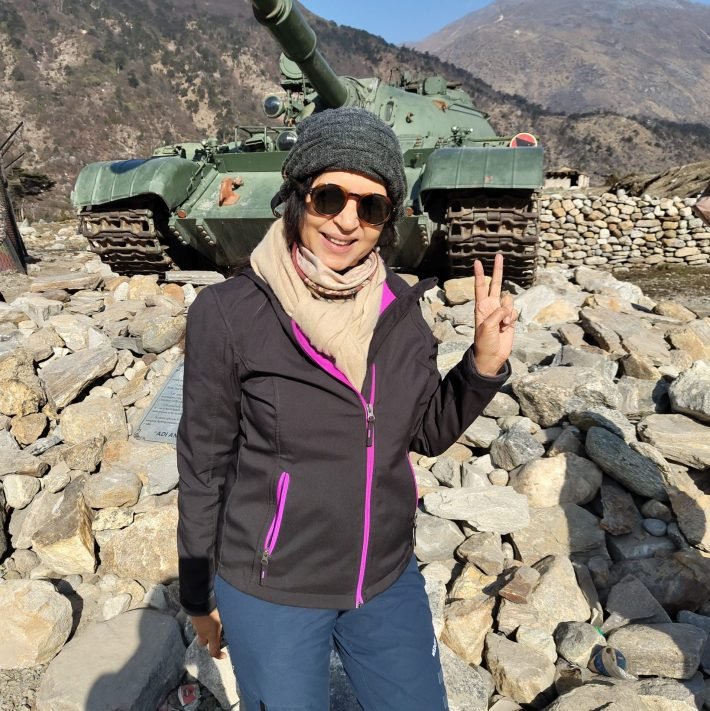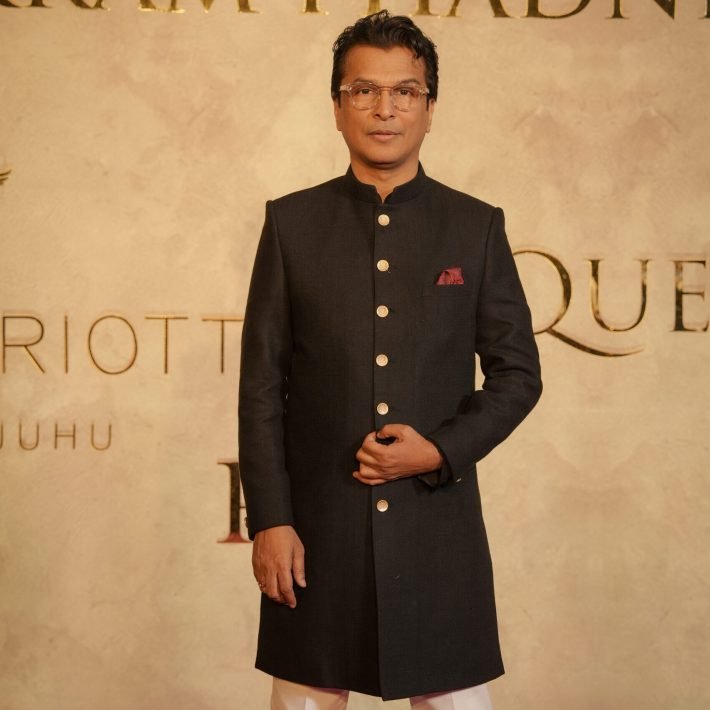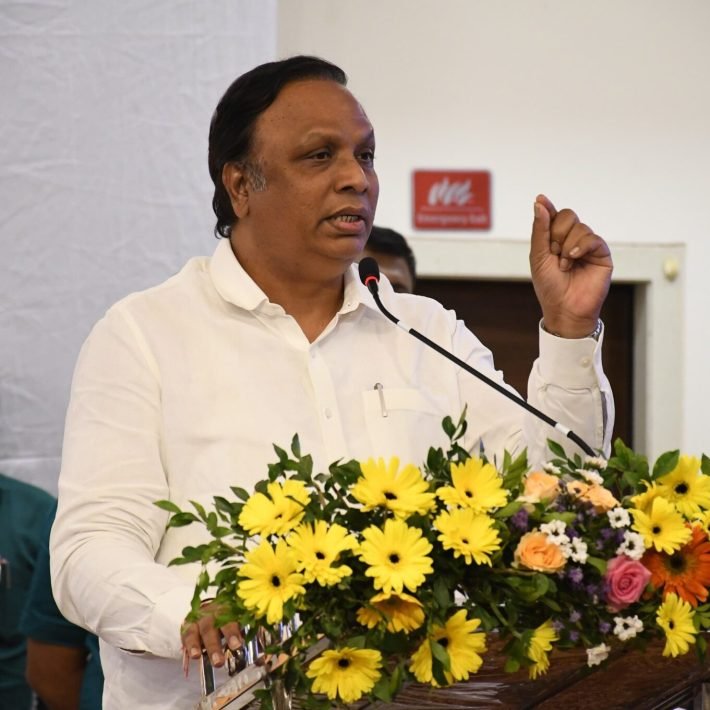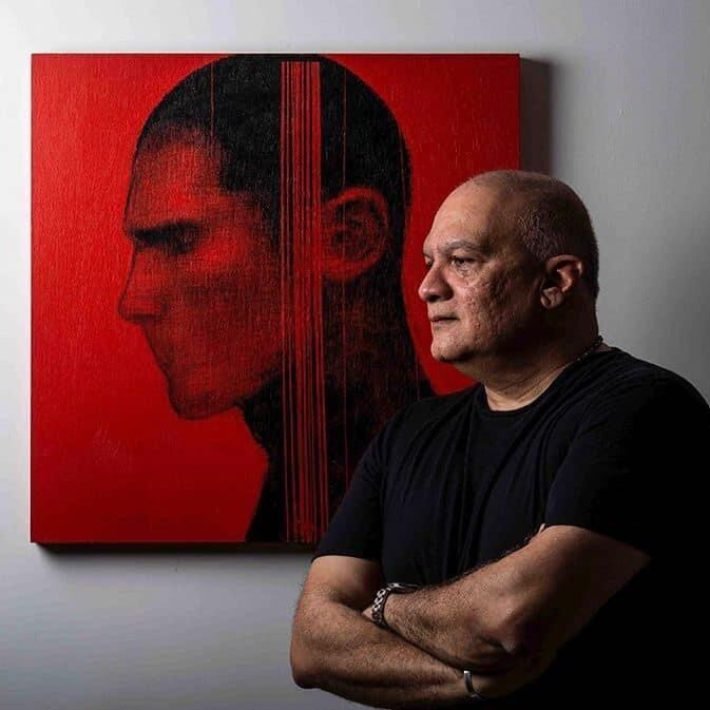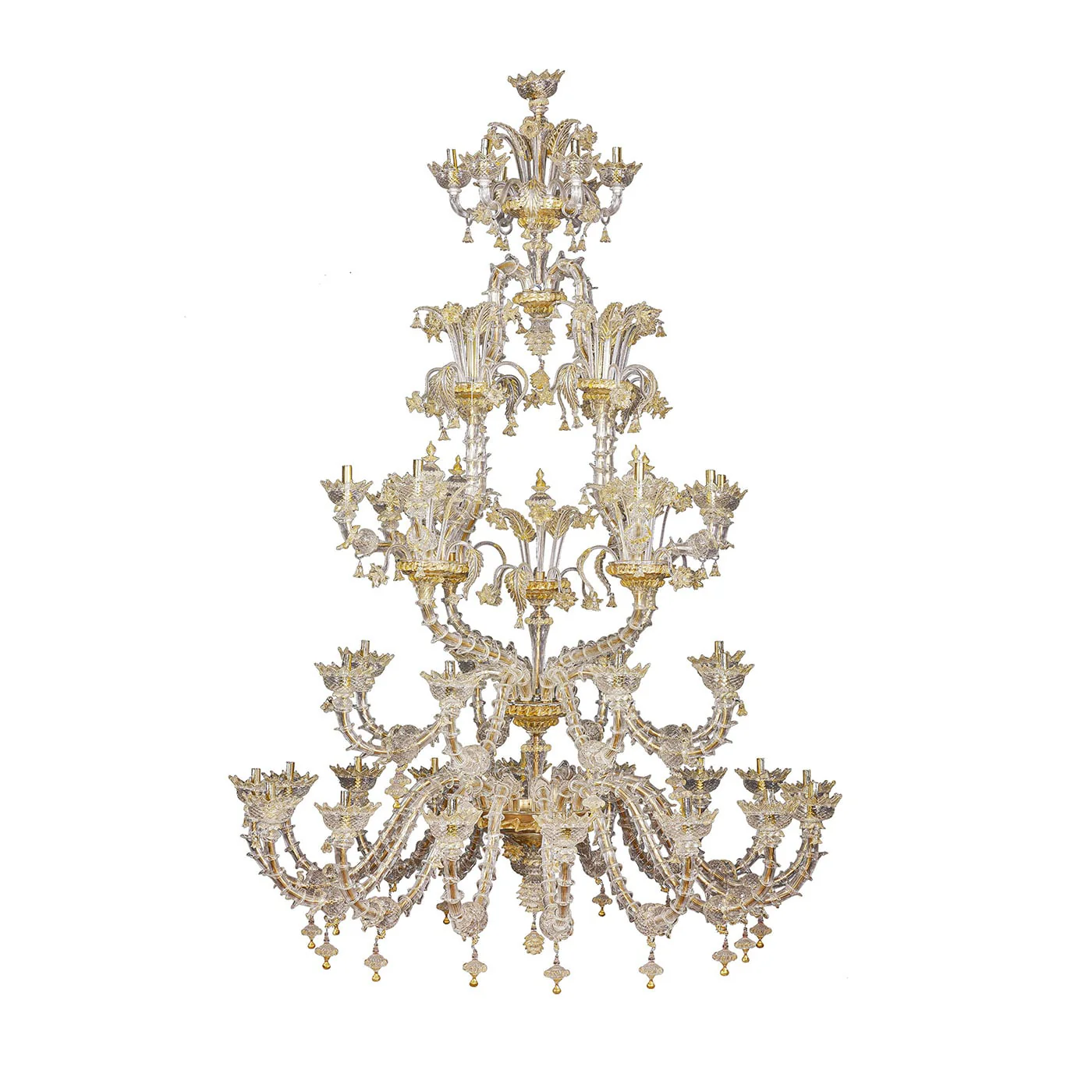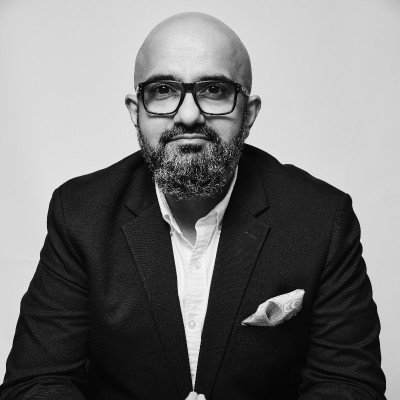Pioneer of the microcomputer revolution of the 1970s and 1980s, businessman, investor, philanthropist and writer, Bill Gates’ achievements and immense charity render him iconic.
By Nichola Marie
“We still need those software engineers as we are not going to stop needing them.” Many software engineers slept a little better that night, after the legendary Bill Gates dismissed fears of AI potentially replacing them in the near future. This statement, uttered during Gates’ conversation with Zerodha founder Nikhil Kamath on the inaugural episode of the latter’s podcast series, comes, after all, from the co-founder of the world’s largest personal-computer software company – Microsoft, who is also the fifth-richest person in the world, with a fortune worth an estimated $153 billion. He should know a thing or two, right? That said, even as Gates highlighted the potential of AI to enhance productivity and serve as educational tutors, he suggested it’s a complex issue that’s difficult to forecast accurately. Oh, well…
Bright Spark
Accurate forecasting is otherwise pretty much computer programmer/ entrepreneur Gates’ specialty. A computer enthusiast from a young age, he had dropped out of Harvard to co-found Microsoft with Paul Allen in 1975, hoping to capitalise on the spread of personal computers. And we all know how that panned out, right?

Born William Henry Gates III on October 28, 1955 in Seattle, Washington, US, he was just 13 when he wrote his first software program. By the time he was in high school, he had helped form a group of programmers who computerised their school’s payroll system and founded Traf-O-Data, a company that sold traffic-counting systems to local governments.
He was just 20 and a sophomore at Harvard University when, in 1975, he joined his hometown friend Paul G Allen to develop software for the first microcomputers. Beginning by adapting BASIC, a popular programming language used on large computers, for use on microcomputers, success was swift. This saw Gates leaving Harvard during his junior year and going on to form Microsoft, with Allen.
Gates’ influence over the infant microcomputer industry was immensely boosted when Microsoft licensed an operating system called MS-DOS to International Business Machines Corporation — then the world’s biggest computer supplier and industry pacesetter — for use on its first microcomputer, the IBM PC (personal computer).

Up & Away
Explaining how Gates became the PC industry’s ultimate kingmaker by the start of the 1990s, his ‘Encyclopaedia Britannica’ profile narrates, “After the machine’s release in 1981, IBM quickly set the technical standard for the PC industry, and MS-DOS likewise pushed out competing operating systems. While Microsoft’s independence strained relations with IBM, Gates deftly manipulated the larger company so that it became permanently dependent on him for crucial software. Makers of IBM-compatible PCs, or clones, also turned to Microsoft for their basic software.”

As the super-successful Microsoft’s largest individual shareholder, Gates accumulated a gigantic paper fortune (wealth measured by monetary value, as reflected in price of assets). Becoming a paper billionaire by 1986, within 10 years his net worth had soared to tens of billions of dollars, making him arguably the world’s richest private individual. Up until then, Gates had restricted himself to software and the potential of information technology, and was something of a mystery to the outside world. Preferring to stay under the radar, even his civic and philanthropic affairs were handled indirectly through one of his foundations.
That was to change as Microsoft grew in power and reputation. It even garnered the attention of the US Justice Department’s antitrust division, following which Gates, albeit reluctantly, became more visible. Around him, the chatter and debate grew louder. While his rivals and competitors depicted him as deceptive and obsessed by profits, Gates’ loyalists swore by his incredible business acumen, adaptability and his hunger to create software that made computers and electronics more useful.
Unstoppable
Gates himself was too busy to care. Responding swiftly to the sudden public interest in the internet, from 1995 onwards, he resolutely refocused Microsoft on the following:

- Development of consumer and enterprise software solutions for the internet.
- Developing the Windows CE operating system platform for networking non-computer devices such as home televisions and personal digital assistants.
- Creating the Microsoft Network to compete with America Online and other internet providers.
- Acquiring the vast Bettmann photo archives and other collections for use in electronic distribution, through his company Corbis.
Cut to the present, Microsoft was the world’s largest software maker by revenue in 2022 according to Forbes Global 2000. It is considered one of the Big Five American information technology companies, alongside Alphabet (the Google parent company), Amazon, Apple, and Meta (Facebook parent company). Gates’ extraordinary success sees historians view him as “a business figure as important to computers as John D. Rockefeller was to oil.”
Funding Change
Gates once said, “Money has no utility to me beyond a certain point. Its utility is entirely in building an organisation and getting the resources out to the poorest in the world.”

Alongside his work at Microsoft, he became widely known for his immense charity work. Launching the William H Gates Foundation (renamed the Bill & Melinda Gates Foundation in 1999) in 1994, along with his then-wife, Melinda, he focused on funding global health programs as well as projects in the Pacific Northwest. The foundation also funded North American libraries in the latter part of the 1990s, through the Gates Library Foundation (renamed Gates Learning Foundation in 1999). Through the Gates Millennium Scholars programme, it raised money for minority study grants. The foundation received a further boost when, in June 2006, Warren Buffett announced an ongoing gift to the foundation, which would allow its assets to reach a value of approximately $60 billion in the following 20 years. By the beginning of the 21st century, the focus of the foundation remained trained on global health and global development, in addition to community and education causes in the United States. To date, Gates has donated more than $59 billion to the Gates Foundation, including a $20 billion gift announced in July 2022. His early donations were mostly gifts of Microsoft stock.
Beyond Microsoft
In June 2008, after a brief transition period, Gates gave up daily overseeing of Microsoft, though he remained chairman of the board. He did this in order to devote more time to the Bill & Melinda Gates Foundation. Stepping down as chairman in February 2014, he continued to serve as a board member until 2020. He was awarded the Presidential Medal of Freedom in 2016.

With a multi-billion dollar investment portfolio, Gates has stakes in companies in multiple sectors. Beyond Microsoft, he has participated in multiple entrepreneurial ventures. These include:
- Automotive retailer AutoNation, which trades on the NYSE and in which Gates has a 16% stake.
- Canadian National Railway (CN), a Canadian Class I freight railway. As of 2019, Gates was the single largest shareholder of the company.
- A private investment and holding company Cascade Investment LLC. Gates is the largest private owner of farmland in the United States with his landholdings owned through Cascade Investment totalling 270,000 acres across 19 states in the US.
- Seattle-based startup company EarthNow, which aims to blanket the earth with live satellite video coverage, of which Gates is a large financial backer.
- Funding of Impossible Foods, a company that develops plant-based substitutes for meat products.
- Nuclear reactor design company TerraPower, of which Gates is the co-founder. It marks the efforts to build a new generation of US nuclear power plants.
Matters Personal
Gates’ father, the late William H Gates Sr, was an attorney and civic leader who served as a co-chair of the foundation from 2000 to 2020. His late mother, Mary Gates, was a school teacher, University of Washington regent, and chair of United Way International.
In 1994, Gates married Melinda French on the Hawaiian Island of Lānaʻi. They had met in 1987 after Melinda began working at Microsoft. The family’s residence is a 66,000 square foot (6,100 m2) estate on the side of a hill overlooking Lake Washington. With an assessed value of $147.5 million, the mansion has a 60-foot swimming pool with an underwater music system, as well as a 2,500 square foot gym and a 1,000 square foot dining room.
In 2021, the Gates’ announced they had decided to divorce after 27 years of marriage and 34 years as a couple. Post the divorce, Gates transferred at least $5 billion worth of stock in various public companies to Melinda, with an estimated additional $5 billion in other assets. This May, Melinda Gates said she would resign as co-chair of the foundation, to focus on helping women thrive.
Bill Gates and Melinda French Gates welcomed three children — Jennifer, Rory and Phoebe — during their 27-year marriage. Gates has emphasised how he won’t be passing on all of his wealth to his children, and that he plans to give most of it to charity.
In 2023, their eldest child Jennifer, 28, and her husband Nayel Nassar welcomed their first baby, a daughter named Leila. In a video interview, Bill shared that he plans to “create an adventure” for his grandchildren. Jennifer Gates, who has a master’s degree in public health from Columbia University and a degree in human biology from Stanford University, graduated from Icahn School of Medicine at Mount Sinai before starting her pediatric residency at Mt. Sinai. A doctor-in-training, she is also a professional show jumper who has been competing for years.

The Gates’ second child, son Rory Gates, 23, graduated from the University of Chicago, achieving “a double major and a master’s” in just four years. Melinda Gates has described her son as “compassionate and curious,” as well as “intelligent and well-read” and a keen believer in gender equality.
Their daughter Phoebe Gates, 21, is currently studying at Stanford University after graduating from high school in 2021. Outspoken about social and political issues, she wrote an article for ‘Vogue’ after the Supreme Court overturned Roe v. Wade in 2022. Passionate about fashion, she is also an avid reader like her father.
Special Relationship With India
“I’ve had a fantastic relationship with India starting with the Microsoft experience where we hired some very smart IT graduates, and brought them to Seattle. Later, they go back, create a development center for us that’s now in four locations; 25,000 people. Of course, a lot of the amazing people I work with and have so much fun in the Microsoft success are part of the team who have been hired from India.” – Bill Gates


